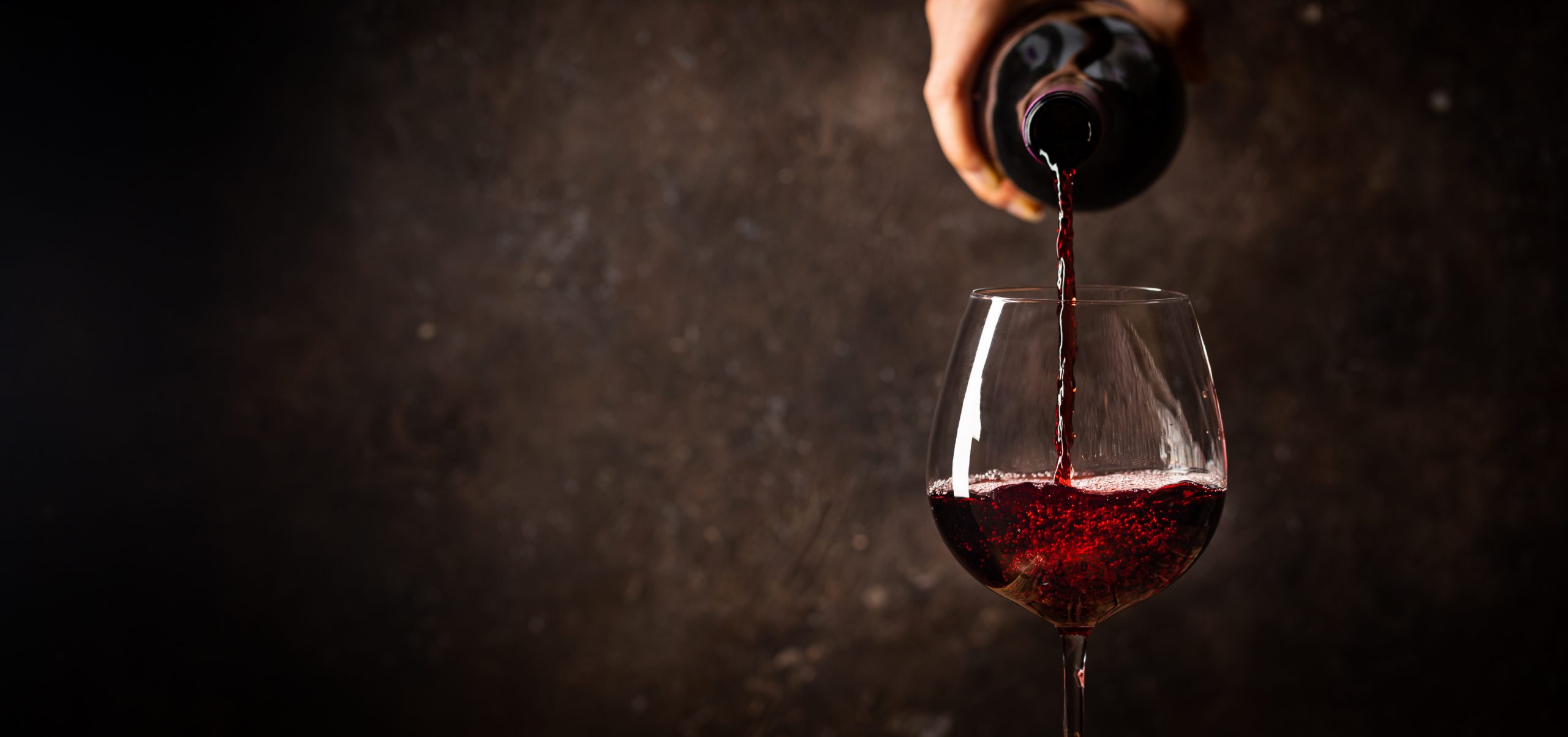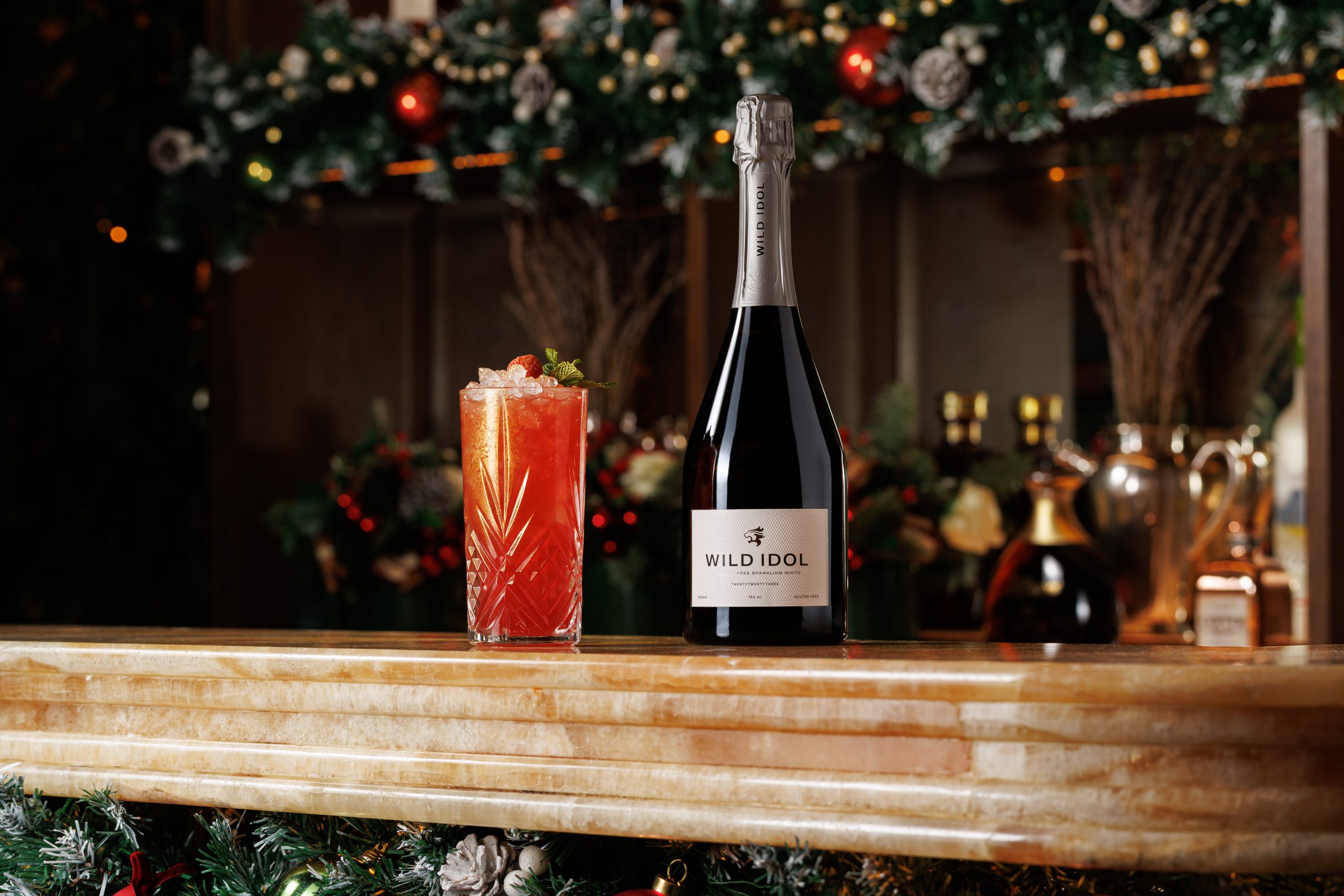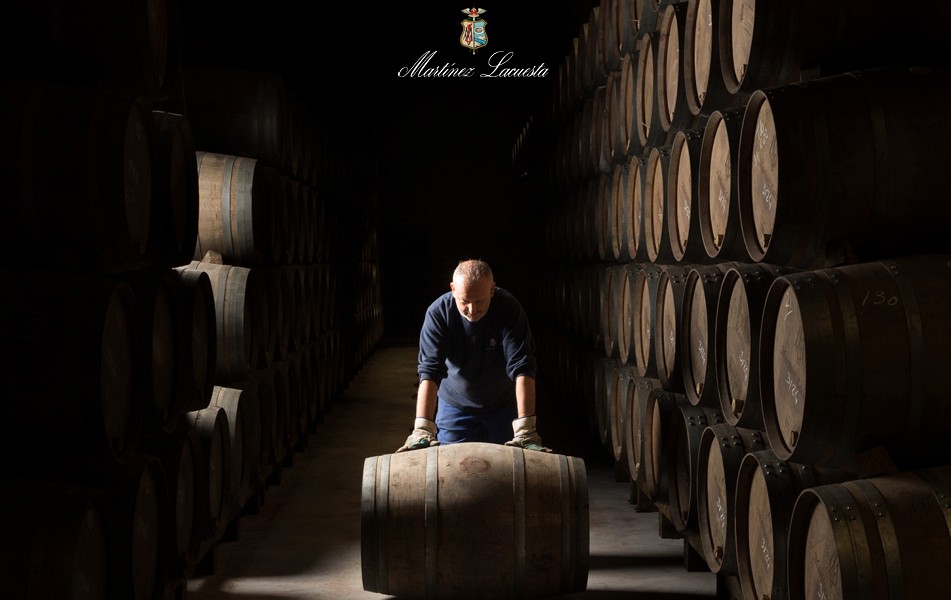Tim Atkin reaffirms Ribera del Duero’s ‘enormous potential’ for fine wines
In a virtual talk and tasting of wines from the DO yesterday, Tim Atkin MW said that in order for people to understand Ribera del Duero, they must think of it in term of its fine wine.
 Wine critic Tim Atkin MW yesterday attributed Ribera del Duero’s enormous potential for fine wines to the region’s “mosaic” of different soils. He further called for the DO to produce a detailed soil map charting Ribera’s estimated 30 or so soil types, ranging from “blindingly white limestone” to sandy clay and alluvial, to help consumers understand exactly what it is they are tasting.
Wine critic Tim Atkin MW yesterday attributed Ribera del Duero’s enormous potential for fine wines to the region’s “mosaic” of different soils. He further called for the DO to produce a detailed soil map charting Ribera’s estimated 30 or so soil types, ranging from “blindingly white limestone” to sandy clay and alluvial, to help consumers understand exactly what it is they are tasting.
According to Atkin, the quality of Ribera’s fine wines is often down to producers “blending across the region”, essentially cherry picking from this tapestry of different soil types to create something extraordinary.
He said “These are not wines for easy drinking. They can be quite tannic, but they’re meant to be.” Atkin described the style of Ribera wines, often characterised by their “chalky freshness” as being “wines definitely made to age”, and revealed that they are “at their best following ten to 15 years in bottle”.
“People really need to think of Ribera as a fine wine region,” said Atkin during the discussion, who added that the region is often misunderstood, and blamed a “lack of familiarity” for people painting all of its wines with the same brush.
“There was this paradigm in the 1990s, where Ribera wines were big, bold, powerful, with high alcohol content of around 14-15%,” Atkin said. “Now there’s much more freshness, nuance and balance coming through with these new wines.”
Atkin, who produced a detailed report on the region in 2021 following an intensive 11-day trip there, also credited the more relaxed and open-minded approach of Ribera’s DO, which he says is quicker on its feet and “unlike Rioja, has the buy-in of its producers.”
One of the highest winemaking regions in Europe, Ribera del Duero also has one the most “brutal” climates of all, with temperatures plummeting to -10 degrees centigrade in winter. Frosts are a “constant threat” and a local expression claims that Ribera has “nine months of winter, three months of hell.”
Partner Content
In 2017, a particularly tough vintage, many winemakers lost 50% of their crop to frost, where it was so cold during picking season that wineries lit bonfires in the fields to warm workers.
Ribera wines are largely Tempranillo based (there are around 24,000 hectares under vine in the DO and of these, 23,000 hectares are planted with Tempranillo). A wine must contain a 75% minimum of Tempranillo in order to be part of the DO.
The province of Burgos is home to 73% of vineyards and many of the region’s key winemaking villages, while Valladolid has 21% of the region’s plantings.
After tasting more than 530 wines from the region, Atkin awarded every wine in his Top 100 Selection 94 points or more for the first time ever.
Related news
Wynns John Riddoch: representing the ‘ultimate selection’




